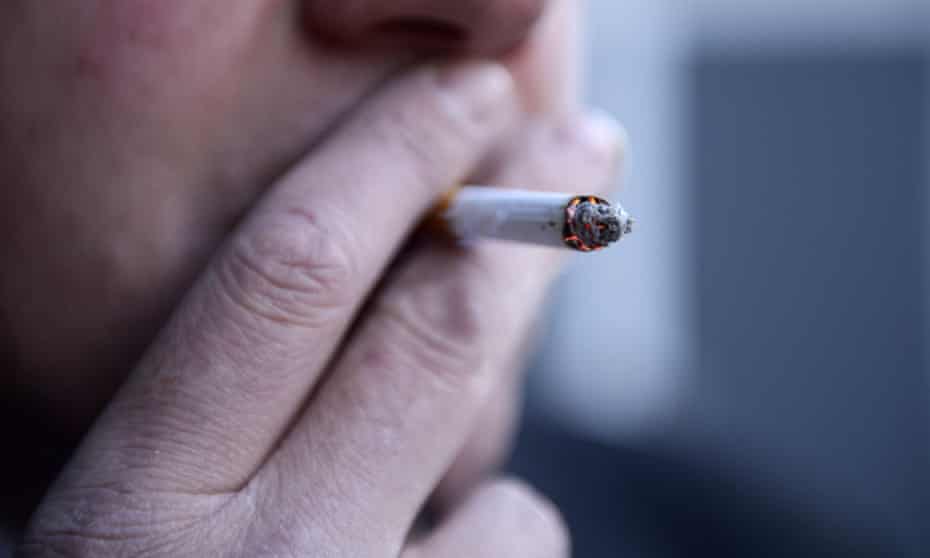June 10, 2022
Associated Press

WASHINGTON —
Angered by the unrelenting toll from gun violence, tens of thousands of people are expected at rallies this weekend in the nation's capital and around the United States demanding that Congress pass meaningful changes to gun laws.
The second "March for Our Lives" rally will take place Saturday in front of the Washington Monument, a successor to the 2018 march organized by student protesters after the mass shooting at a high school in Parkland, Florida.
Now with recent shootings from Uvalde, Texas, to Buffalo, New York, bringing gun control back into the national conversation, organizers of this weekend's events say the time is right to renew their push for a national overhaul.
"Right now we are angry," said Mariah Cooley, a "March for Our Lives" board member and a senior at Washington's Howard University. "This will be a demonstration to show that us as Americans, we're not stopping anytime soon until Congress does their jobs. And if not, we'll be voting them out."
 FILE - Looking west, people fill Pennsylvania Avenue during the "March for Our Lives" rally in support of gun control, March 24, 2018, in Washington.
FILE - Looking west, people fill Pennsylvania Avenue during the "March for Our Lives" rally in support of gun control, March 24, 2018, in Washington.About 50,000 participants are predicted to turn out in the District of Columbia, with rain in the forecast. That's far fewer than the original march, which filled downtown Washington with more than 200,000 people. This time, organizers are focusing on holding smaller marches at an estimated 300 locations.
"We want to make sure that this work is happening across the country," said Daud Mumin, co-chairman of the march's board of directors and a recent graduate of Westminster College in Salt Lake City. "This work is not just about D.C., it's not just about senators."
The protest comes at a time of renewed political activity on guns and a crucial moment for possible action in Congress.
Survivors of mass shootings and other incidents of gun violence have lobbied legislators and testified on Capitol Hill this week. Among them was Miah Cerrillo, 11, who survived the shooting at Robb Elementary School in Uvalde, Texas. She told lawmakers how she covered herself with a dead classmate's blood to avoid being shot.
On Tuesday, actor Matthew McConaughey appeared at the White House briefing room to press for gun legislation and made highly personal remarks about the violence in his hometown of Uvalde.
The House has passed bills that would raise the age limit to buy semiautomatic weapons and establish federal "red-flag" laws. But such initiatives have traditionally stalled or been heavily watered down in the Senate. Democratic and Republican senators had hoped to reach agreement this week on a framework for addressing the issue and talked Friday, but they had not announced an accord by early evening.
Mumin referred to the Senate as "where substantive action goes to die," and said the new march is meant to send a message to lawmakers that public opinion on gun control is shifting under their feet. "If they're not on our side, there are going to be consequences — voting them out of office and making their lives a living hell when they're in office," he said.
The "March for Our Lives" movement was born out of the massacre when 14 students and three staff members were gunned down February 14, 2018, at Marjory Stoneman Douglas High School near Fort Lauderdale, Florida, by a former student. Surviving students organized bus trips to the state capital to lobby in person, and they succeeded in pressuring the Republican-dominated state government to buck the National Rifle Association's influence and pass substantial measures targeting gun violence.
Then-Governor Rick Scott, a Republican, signed legislation that banned bump stocks, raised the gun buying age to 21, imposed a three-day waiting period for purchases and authorized police to seek court orders seizing guns from people deemed threats to themselves and others.

The Parkland students then took aim at gun laws in other states and nationally, launching "March for Our Lives" and holding the big rally in Washington on March 24, 2018.
The group did not match the Florida results at the national level but has persisted in advocating for gun restrictions since then, as well as participating in voter registration drives.
One of the group's highest-profile activists, co-founder David Hogg, said in a tweet Friday that he believed "this time is different," pointing to his opinion piece on Fox News.
He wrote that his group is not "anti-gun" and supports the Second Amendment but wants measures with bipartisan support. "Let's start there and find common ground to take action, because the next shooter is already planning his attack," he said.










